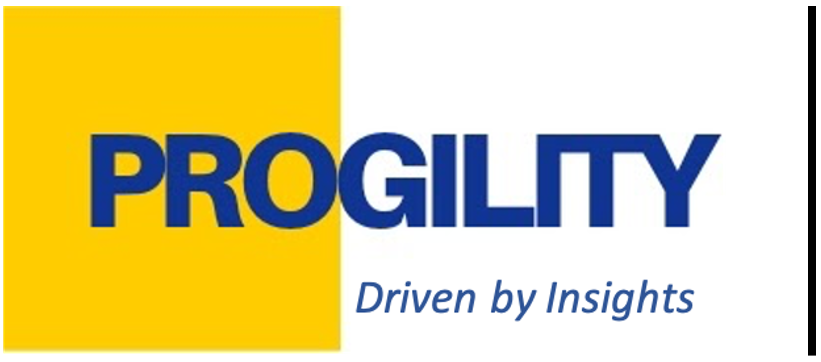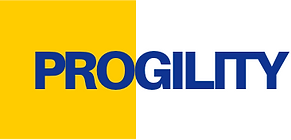Preventive Maintenance (PM): Establish regular inspection and service schedules to address potential issues early. Use checklists and standard operating procedures to ensure consistency.
Root Cause Analysis (RCA): Investigate recurring issues to identify and eliminate the root causes of failures. Implement corrective actions to prevent the recurrence of problems.
Spare Parts Management: Maintain an optimized inventory of critical spare parts to minimize downtime. Use data analysis to predict demand and avoid overstocking or shortages.

















